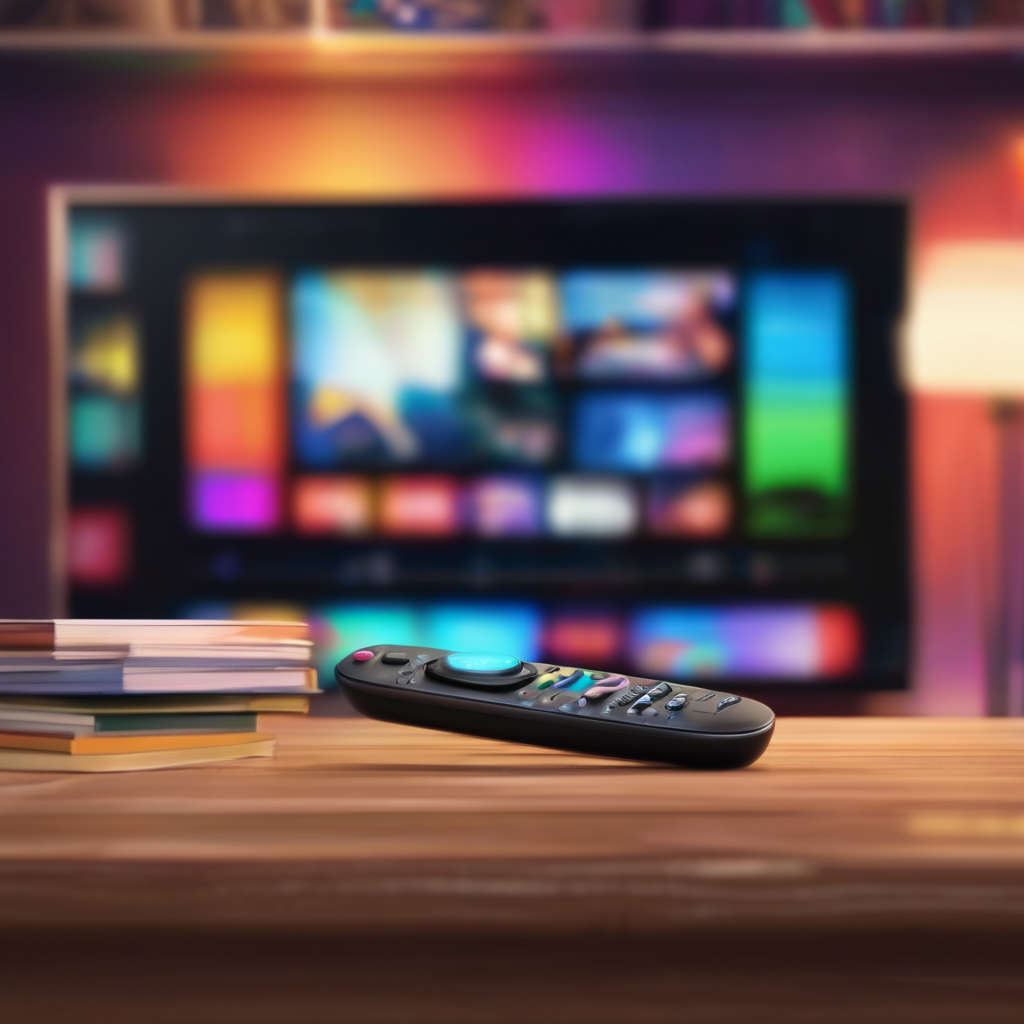YouTube TV subscribers are experiencing a significant disruption following the removal of major Disney channels, including ABC and ESPN, from the platform due to failed negotiations over a new content distribution agreement. Alongside these key networks, other Disney-owned channels, such as the Disney Channel, FX, and Nat Geo, have also been taken off the service.
In an official blog post, YouTube disclosed that Disney had executed its warning to suspend content amid the ongoing negotiation breakdown. This disruption is particularly troubling for sports fans, as it affects the availability of college football and major upcoming NFL, NBA, and NHL games, provoking frustration among many who depend on the platform for live broadcasts.
As the largest internet TV provider in the U.S. with over 9 million subscribers, YouTube TV is at the forefront of this dispute, especially compared to Disney’s own streaming service Hulu, which has around 4 million fewer subscribers. The conflict gained prominence over the week as YouTube issued warnings to users that they might soon lose access to Disney content.
YouTube criticized Disney for allegedly utilizing the threat of a blackout as a negotiating tactic, claiming this could lead to higher subscription prices for viewers. Interestingly, the move to remove its content could be advantageous for Disney’s own streaming services, like Hulu + Live TV and Fubo, according to remarks made by YouTube.
In an effort to address subscriber grievances, YouTube announced it would provide a $20 credit to users affected if Disney channels remain unavailable for an extended period. Current pricing for a YouTube TV subscription stands at $82.99 per month.
In response, Disney contended that YouTube TV has been reluctant to pay fair rates for its channels, thereby depriving their subscribers of popular content. Disney highlighted its strong market position, with a market cap reaching $3 trillion, asserting that Google’s practices could undermine industry standards.
Despite the tensions, both YouTube and Disney have conveyed a commitment to finding a resolution. YouTube emphasized the importance of establishing a fair agreement to reinstate access to Disney networks, fostering a sense of optimism for future negotiations.
This ongoing situation underscores the challenges faced in the media industry, where traditional broadcasting is increasingly clashing with digital streaming as audience consumption shifts. Although frustrations are palpable among viewers, there remains a hopeful outlook that an agreement will soon be reached, prioritizing viewer access and satisfaction in the ever-evolving media landscape.
